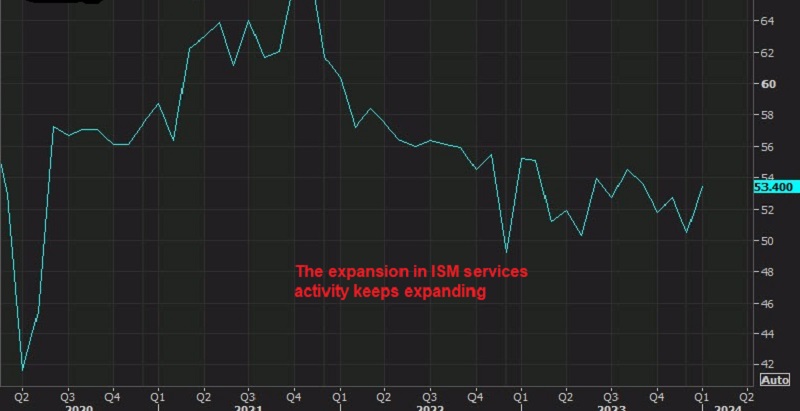Prices Forecast: Technical Analysis
The predicted daily closing price for EUR/NZD is 2.0183, with a range of 2.0150 to 2.0200. For the weekly forecast, the expected closing price is 2.0200, with a range of 2.0150 to 2.0250. The technical indicators suggest a neutral to slightly bullish sentiment, as the RSI is at 42.7189, indicating that the asset is not overbought or oversold. The ATR of 0.0127 suggests low volatility, which may lead to a more stable price movement in the short term. The price has been trading around the pivot point of 2.02, which is a critical level for determining future price direction. If the price holds above this level, it could signal further upward movement. Conversely, a drop below this pivot could indicate bearish pressure. The recent economic data, particularly the jobless claims, may also influence market sentiment, as a stronger labor market could support the Euro. Overall, the combination of these factors leads to a cautiously optimistic outlook for EUR/NZD in the coming days.
Fundamental Overview and Analysis
EUR/NZD has shown a mixed performance recently, with fluctuations influenced by macroeconomic factors such as employment data from the US and Eurozone. The asset’s value is affected by the relative strength of the Euro against the New Zealand Dollar, with current investor sentiment leaning towards cautious optimism. Factors such as supply chain disruptions and inflationary pressures are also impacting the currency pair. Market participants are closely watching economic indicators, including jobless claims, which could signal shifts in monetary policy. Opportunities for growth exist, particularly if the Eurozone economy continues to recover and strengthen. However, risks remain, including potential volatility from geopolitical tensions and changes in central bank policies. Currently, the asset appears fairly valued, but any significant economic shifts could lead to reevaluation of its price.
Outlook for EUR/NZD
The future outlook for EUR/NZD appears cautiously optimistic, with potential for gradual appreciation in the short term. Current market trends indicate a consolidation phase, with prices hovering around the pivot point. In the next 1 to 6 months, we could see the price range between 2.0150 and 2.0250, depending on economic developments and market sentiment. Long-term forecasts suggest that if the Eurozone continues to show economic resilience, EUR/NZD could trend higher, potentially reaching levels above 2.05 within the next 1 to 5 years. However, external factors such as global economic conditions and central bank policies will play a crucial role in determining the asset’s trajectory. Investors should remain vigilant for any signs of market volatility or shifts in sentiment that could impact the price.
Technical Analysis
Current Price Overview: The current price of EUR/NZD is 2.0183, which is slightly above the previous close of 2.0183. Over the last 24 hours, the price has shown stability with minor fluctuations, indicating low volatility. Support and Resistance Levels: The identified support levels are 2.0150, 2.0170, and 2.0180, while resistance levels are 2.0200, 2.0220, and 2.0250. The pivot point is at 2.02, and the asset is currently trading just above this level, suggesting a potential bullish sentiment. Technical Indicators Analysis: The RSI is at 42.7189, indicating a neutral trend. The ATR of 0.0127 suggests low volatility, while the ADX at 22.2477 indicates a weak trend. The 50-day SMA is at 2.0315, and the 200-day EMA is at 2.0065, showing no significant crossover at this time. Market Sentiment & Outlook: Sentiment appears neutral to slightly bullish, as the price is above the pivot point, and the RSI is not indicating overbought conditions.
Forecasting Returns: $1,000 Across Market Conditions
The table below outlines potential investment scenarios for EUR/NZD, providing insights into expected price changes and estimated returns based on different market conditions.
| Scenario | Price Change | Value After 1 Month |
|---|---|---|
| Bullish Breakout | +5% to ~$2.1187 | ~$1,050 |
| Sideways Range | 0% to ~$2.0183 | ~$1,000 |
| Bearish Dip | -5% to ~$1.9174 | ~$950 |
FAQs
What are the predicted price forecasts for the asset?
The predicted daily closing price for EUR/NZD is 2.0183, with a weekly forecast of 2.0200. The price is expected to range between 2.0150 and 2.0250 in the coming week.
What are the key support and resistance levels for the asset?
Key support levels for EUR/NZD are at 2.0150, 2.0170, and 2.0180, while resistance levels are at 2.0200, 2.0220, and 2.0250. The pivot point is at 2.02.
What are the main factors influencing the asset’s price?
The asset’s price is influenced by macroeconomic factors such as employment data, inflation rates, and central bank policies. Investor sentiment and geopolitical events also play a significant role.
What is the outlook for the asset in the next 1 to 6 months?
The outlook for EUR/NZD in the next 1 to 6 months is cautiously optimistic, with potential price movements between 2.0150 and 2.0250. Economic recovery in the Eurozone could support further appreciation.
What are the risks and challenges facing the asset?
Risks include market volatility, geopolitical tensions, and changes in central bank policies. These factors could impact investor sentiment and the asset’s price trajectory.
Disclaimer
In conclusion, while the analysis provides a structured outlook on the asset’s potential price movements, it is essential to remember that financial markets are inherently unpredictable. Conducting thorough research and staying informed about market trends and economic indicators is crucial for making informed investment decisions.

